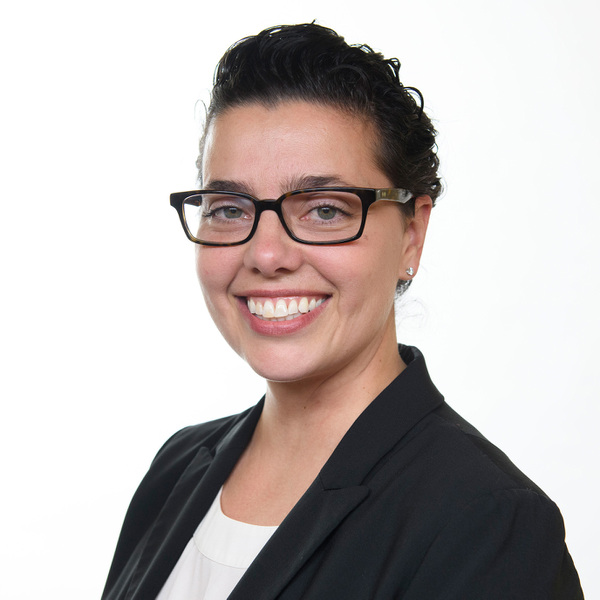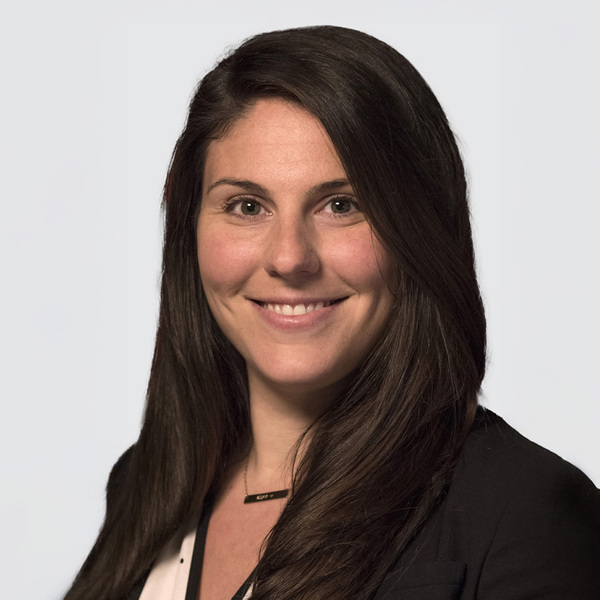Our fund accounting technology and servicing capabilities are structured to enable growth as you scale your business. Through coordinated global execution and portfolio insights, we become an extension of your team. Our single technology platform used by all teams globally was built by design, not acquisition. We integrate emerging technologies such as machine learning and artificial intelligence to manage exceptions and review NAVs, which your teams can monitor throughout the day on our digital client platform, Infuse®.
Servicing every asset as if it’s our own
In a market shaped by evolving regulations, new infrastructure, and increasing product complexity, you need dynamic custody and fund solutions to remain resilient to volatility and stay competitive.
Our custody and fund servicing experts, supported by advanced technology, optimize every aspect of your operations and oversight model, to help ensure your investments are diligently managed and protected. We tailor our teams to provide the right support when and where you need it, delivering consistent and proactive service globally.
We navigate the complexity so you can focus on what matters most—your performance and your clients.
Service offering
We safeguard your assets as if they were our own. Our approach is based on the delivery of timely and efficient operations, accessible and transparent data, and risk management. We offer a full suite of custody services for all investment types.
Through our global sub-custody network, where we select the leading providers in each market, you benefit from comprehensive market intelligence and the highest levels of service. Our experienced network experts guide you through the nuances of each local market, with a focus on timely account opening.
Work with a partner focused on helping you with all your tax related matters, ranging from tax research, to tax operations, fund administration tax, and European tax reporting.
We actively monitor and provide updates on tax and regulatory developments to optimize tax treatment for global markets, investment vehicles, and products. Our experienced team of tax professionals are fully integrated into your broader service team, to be able to provide you with customized business insights.
Our fund administration teams are trained to think critically about the operating environment and proactively communicate market developments with potential impacts to your business model. We can integrate our compliance and administration services with our fund accounting offering to aggregate data and support your most complex products. By doing so, we facilitate your oversight and reporting for boards, regulators, and investors.
Brown Brothers Harriman & Co. (“BBH”) may be used to reference the company as a whole and/or its various subsidiaries generally. This material and any products or services may be issued or provided inmultiple jurisdictions by duly authorized and regulated subsidiaries. This material is for general information and reference purposes only and does not constitute legal, tax or investment advice and is notintended as an offer to sell, or a solicitation to buy securities, services or investment products. Any reference to tax matters is not intended to be used, and may not be used, for purposes of avoidingpenalties under the U.S. Internal Revenue Code, or other applicable tax regimes, or for promotion, marketing or recommendation to third parties. All information has been obtained from sources believed tobe reliable, but accuracy is not guaranteed, and reliance should not be placed on the information presented. This material may not be reproduced, copied or transmitted, or any of the content disclosed tothird parties, without the permission of BBH. Pursuant to information regarding the provision of applicable services or products by BBH, please note the following: Brown Brothers Harriman Fund Administration Services (Ireland) Limited and Brown Brothers Harriman Trustee Services (Ireland) Limited are regulated by the Central Bank of Ireland, Brown Brothers Harriman Investor ServicesLimited is authorised and regulated by the Financial Conduct Authority, Brown Brothers Harriman (Luxembourg) S.C.A. is regulated by the Commission de Surveillance du Secteur Financier, and Brown Brothers Harriman (Hong Kong) Limited is regulated by the Securities & Futures Commission in Hong Kong. All trademarks and service marks included are the property of BBH or their respective owners. ©Brown Brothers Harriman & Co. 2024. All rights reserved.










